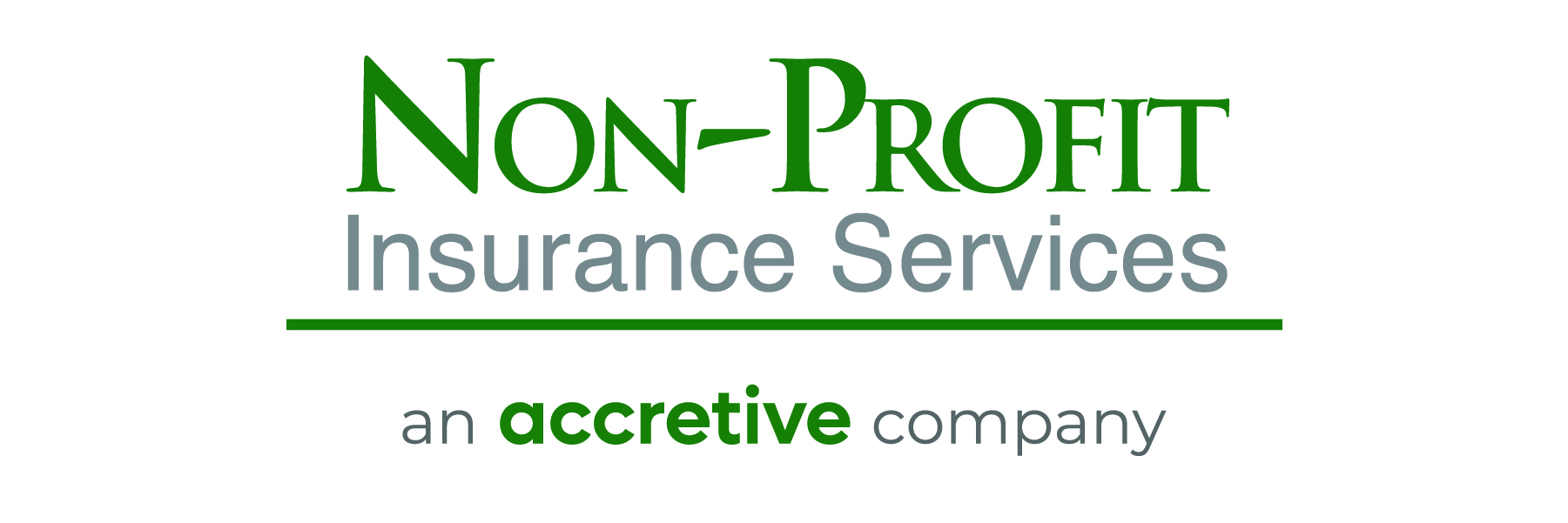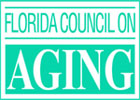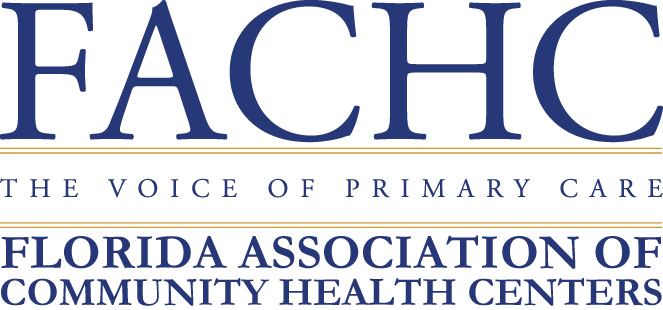Originally posted on NonProfit PRO by Jeff Jowdy.
Recently I enjoyed lunch with two friends who also happen to be my mentors. One is a former manufacturing operations guru who, for decades, has enjoyed success in human resources—first in senior positions with a Fortune 500 company and now through leadership development and search firm with a focus on nonprofits. The other is the former CEO of a Fortune 500 company who has served on extensive nonprofit boards and now works with his family foundation. The focus of the conversation ended up on a vital nonprofit and fundraising topic: succession planning.
These leaders—one who conducts many nonprofit CEO and CDO searches each year and the other who has served on many nonprofit search committees—said that succession planning is a much stronger approach with far better results than not planning for the inevitable time when a transition takes place.
Let’s restate that: the inevitable time when a transition takes place. It’s going to happen. The average tenure of a development professional is fewer than three years and for college presidents, it is 6.5 years.
Helping your staff members fulfill their potential increases the passion they bring to your nonprofit. In many cases, that means helping them to move on from their current positions—some through promotion within the organization and others to opportunities outside.
Another friend who has led several national and international associations recently shared that he felt his sweet spot for tenure is around seven years. After that, he feels he is not as effective. There are many—including myself—who believe that 10 years is the average tenure for maximum effectiveness for most CEOs and CDOs in a single role. We have repeatedly seen a leader hired and after 10 or 15 years, those strengths and talents that first qualified the leader no longer match the talents the organization requires to fulfill its potential. After serving in a role for 8 to 10 years, a CEO or CDO should be open to new opportunities.
This does not mean it is positive to be changing senior-level positions every two or three years; that is a red flag.
Planning Ahead
Nurturing deep donor relationships does take time. But too often, long-tenured leaders lose their passion and effectiveness, and boards become lax in their expectations for the CEO as they become more comfortable. This is another reason to never have just one staff person connected to a donor. A team approach of staff and volunteers is so much more effective and outlives the inevitable staff transitions. As an organization grows, it is not unusual for the very strengths that someone was hired to even become weaknesses. Organizations need leaders with varying skills at different points in their lifecycle.
I’ve often thought that most times when a board decides that a CEO should be “captured” with golden handcuffs in the nonprofit arena, it is probably actually close to the time when a transition would better serve both the individual and the organization.
An organization’s board—in coordination with its human resources staff and often an outside consultant—should develop plans for CEO transition. This should include what happens when a transition takes place (so the organization can act quickly), but it also should be an internal transition plan.
The fundraising profession, unfortunately, seems to have a talent crisis in a lack of prepared leaders. With a system of developing internal leaders, in most cases, an organization can maintain its culture and values. And it is motivating for employees to know that there are opportunities for advancement.
Hiring from within is a “known” quantity: You already know the candidate’s strengths and weaknesses. I’ve seen dozens of national searches end up with the wrong candidate because the organization’s leadership really did not know the person they were getting. There is just no replacement for having worked with someone day after day in great times and in challenging times.
Take care to craft senior development team succession plans appropriate for your organization. For some, this may mean for just the chief development officer spot. For larger organizations, it could be another tier of development leadership. It is also important to realize that not every team member—including stars—will do well at the next level. A long-tenured development director or faculty member, for example, can be a huge asset in your fundraising success.
Consider it your mission and passion to help all your staff members to succeed and fulfill their potential. Ask about their aspirations, and when appropriate, help them to fulfill those goals or provide candid feedback. Not everyone is suited for—or would enjoy advancement. But most of those with that potential are excited to have a coach and mentor to help them achieve it.
By continually developing leadership within your organization, you will be ready for that inevitable transition, and your organization and its worthy mission will benefit greatly from your foresight.









